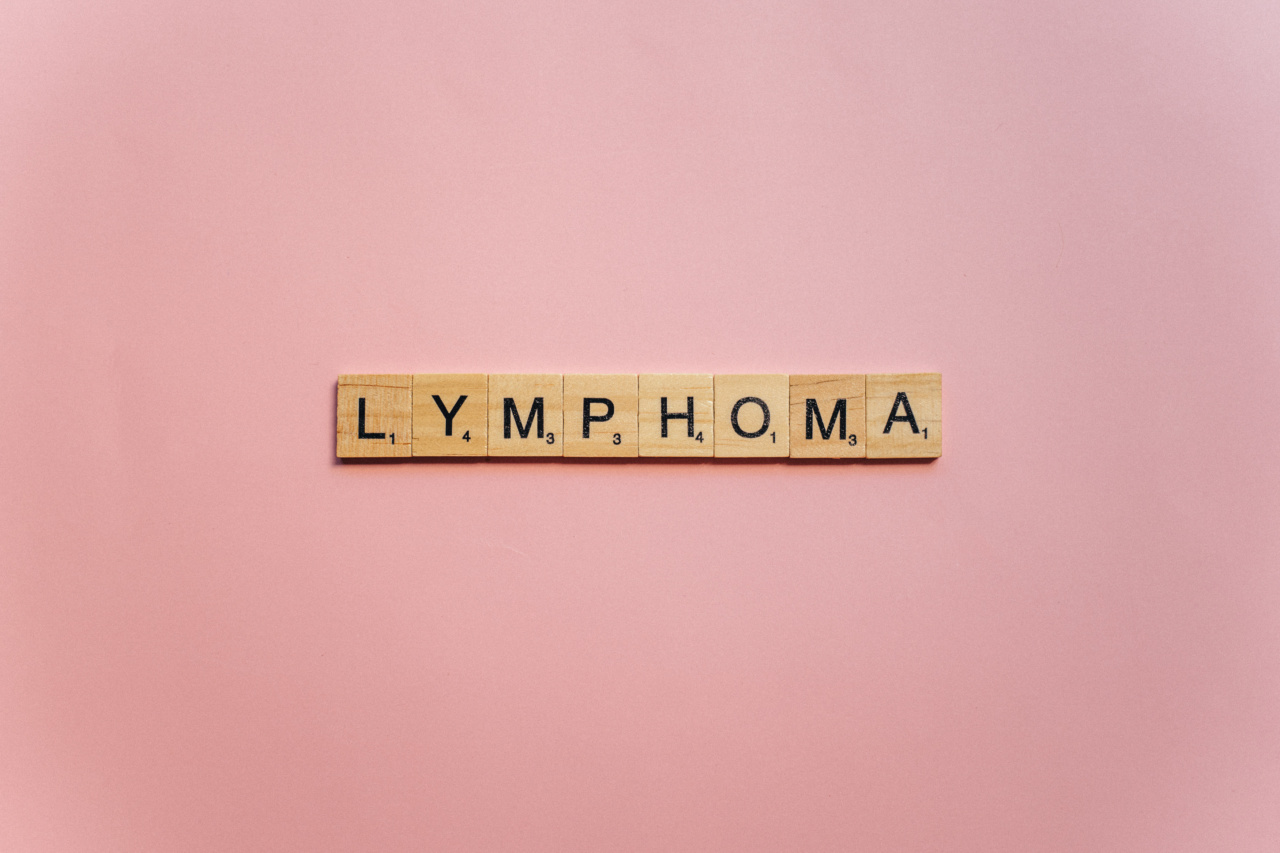When it comes to cancer, early detection plays a crucial role in effective treatment and the overall prognosis. Lymphoma, a type of cancer that affects the lymphatic system, is no exception.
Recognizing the symptoms of lymphoma can help individuals seek medical attention promptly, leading to improved outcomes. In this article, we will delve into the essential information about lymphoma symptoms, including their types, variations, and their impact on the body.
What is Lymphoma?
Lymphoma is a form of cancer that develops in the lymphatic system, a network of vessels, cells, and organs that helps the body fight infections and diseases. It primarily affects lymphocytes, a type of white blood cell responsible for immune responses.
Lymphocytes are found throughout the body, including lymph nodes, spleen, thymus, bone marrow, and other organs.
Types of Lymphoma
There are two main categories of lymphoma: Hodgkin lymphoma and non-Hodgkin lymphoma (NHL). Both types are characterized by the proliferation of abnormal lymphocytes but have distinct characteristics.
Hodgkin Lymphoma Symptoms
Hodgkin lymphoma is relatively rare and typically occurs in two peaks: early adulthood and late adulthood (after age 55).
The hallmark of this type of lymphoma is the presence of Reed-Sternberg cells, large abnormal cells that may be visible under a microscope.
The symptoms of Hodgkin lymphoma often include:.
- Enlarged lymph nodes
- Unexplained weight loss
- Fever and chills
- Night sweats
- Itching
- Fatigue
- Loss of appetite
- Shortness of breath
- Coughing
- Pain after consuming alcohol
Non-Hodgkin Lymphoma Symptoms
Non-Hodgkin lymphoma is more common than Hodgkin lymphoma and can occur at any age. It encompasses a heterogeneous group of lymphomas with various subtypes.
Symptoms may vary depending on the specific type and stage of non-Hodgkin lymphoma but generally include:.
- Enlarged lymph nodes
- Fever
- Night sweats
- Unexplained weight loss
- Fatigue
- Shortness of breath or coughing
- Abdominal pain or swelling
- Itchy skin or rash
- Feeling full after consuming only small amounts of food
- Changes in bowel movements
Diagnosing Lymphoma
If you are experiencing persistent or concerning symptoms, it is important to consult a healthcare professional. To diagnose lymphoma, a doctor may perform various tests, including:.
- Physical examination: The doctor will check for enlarged lymph nodes, assess symptoms, and evaluate overall health.
- Blood tests: These tests can help detect abnormal levels of certain blood cells, proteins, or chemicals that may indicate lymphoma.
- Imaging tests: X-rays, CT scans, PET scans, or MRIs can provide detailed images of the inside of the body, helping identify any abnormalities.
- Biopsy: This involves removing a small sample of tissue or a lymph node to examine it under a microscope for signs of cancer.
Treatment Options for Lymphoma
The treatment for lymphoma depends on the type, stage, and other individual factors. The main treatment modalities include:.
- Chemotherapy: The use of drugs to destroy cancer cells throughout the body.
- Radiation therapy: The use of high-energy radiation to kill cancer cells or prevent their growth.
- Immunotherapy: Boosting the body’s immune system to fight cancer cells.
- Targeted therapy: Drugs designed to target specific abnormalities in cancer cells.
- Stem cell transplant: Replacing diseased bone marrow with healthy stem cells.
Living with Lymphoma
A lymphoma diagnosis can be overwhelming, but many individuals lead fulfilling lives with proper treatment and support.
It is essential to find reliable medical teams, participate in support groups, and make lifestyle changes that promote overall well-being. Regular follow-ups, monitoring for potential side effects, and staying informed about the latest advancements in lymphoma treatment can also contribute to a positive outlook.
Conclusion
Lymphoma symptoms should never be ignored. Recognizing the signs, seeking medical attention promptly, and receiving an accurate diagnosis are crucial steps in effectively managing lymphoma.
By understanding the different types of lymphoma, their respective symptoms, and available treatment options, individuals can take charge of their health and navigate the challenges of lymphoma with confidence.































